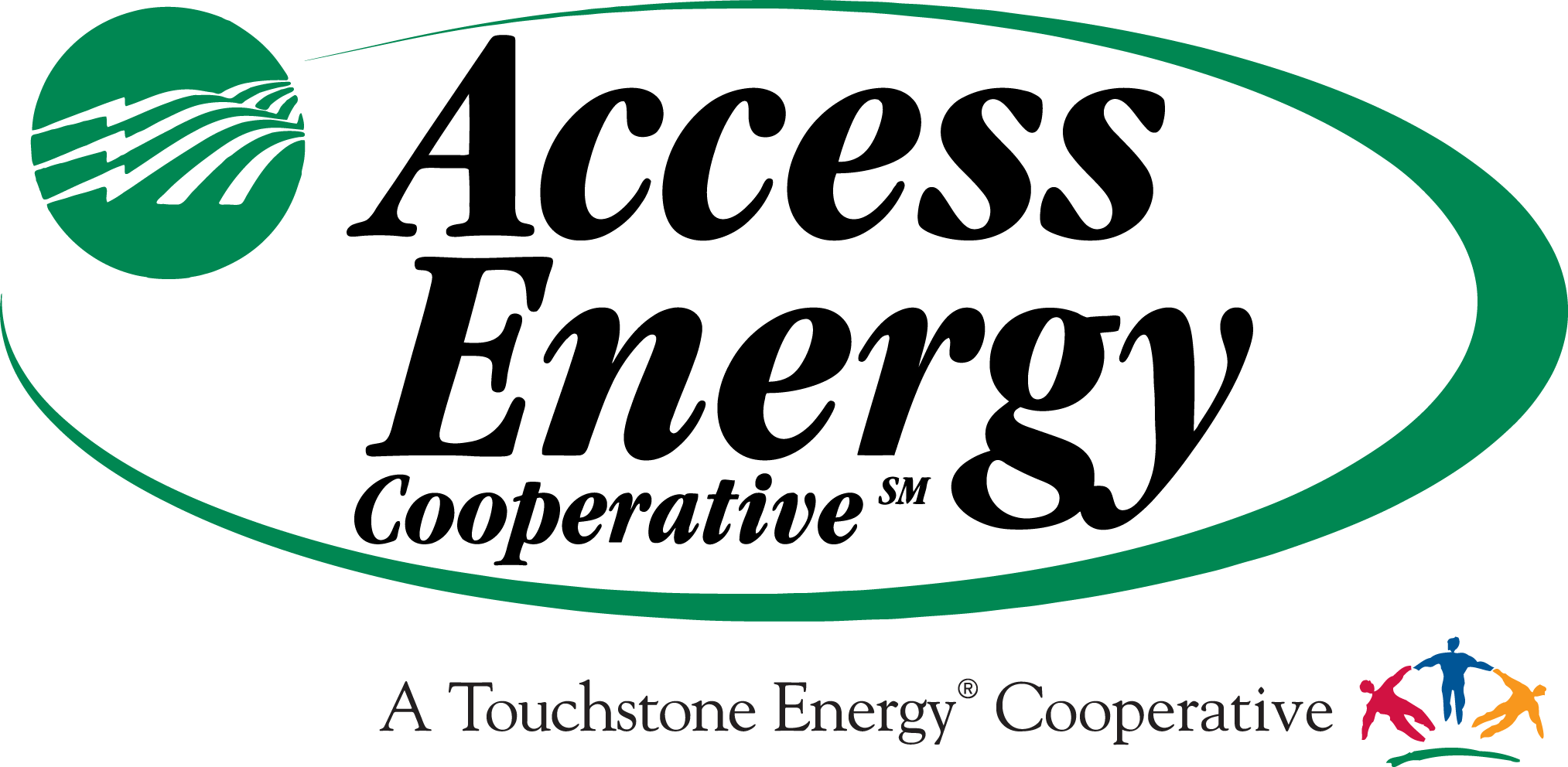Article from Questline
There are more than 294,000 farms in the United States irrigating about 58 million acres of land, according to the U.S. Department of Agriculture. Pumps are used to move that water and most farms average one pump, with 20% of farms having more than five pumps each. Pump capacity generally ranges from 350-550 gallons per minute (gpm), but can go as high as 2,000 gpm or more.
In short, there are a lot of pumps on U.S. farms moving a lot of water to irrigate a lot of land.
Calculating the cost of irrigation
An average of 1.5 acre-feet of water is applied per acre of land for irrigation. It takes a lot of energy to pump that water. How much? Let's calculate how much energy is required to pump 1.5 acre-feet of water.
The pump power formula is as follows:
Ph = (q x h) / (5310 x hP x hM) where: Ph = power (kW) q = flow capacity (gpm) h = differential head (ft) hP = pump efficiency hM= motor efficiency
At an average pump rate of 400 gpm or 24,000 gallons per hour (gph), 1.5 acre-feet of water would add up to 488.776 gallons. We'll also assume a 125 foot pump head, a pump efficiency of 60% and a motor efficiency of 90%.
Ph = (q x h) / (5310 x hP x hM) = (400 x 125) / (5310 x 0.60 x 0.90) = 17.4 kW
A 17.4 kW motor running for 20 hours consumes about 350 kWh of electricity per acre. For 1,000 acres, at an electricity rate of $ 0.10 per kWh, the cost would be around $35,000 annually. Demand charges in dollars per kW may be included as well. At a rate of $8 per kW, the 17.4 kW motor would incur a demand charge of $140 a month.
Saving energy and money
Although irrigation energy use can vary depending on acreage, type of crops and other factors, it's clear that the costs can really add up. If irrigation is soaking your energy budget, here are some cost-cutting tips.
A typical farm can reduce electricity costs for pumping by 35% with variable frequency drives alone. Improvements like converting to drip irrigation or upgrading a linear/pivot system or even converting it to a mid/low-elevation spray application system saves both water and energy. Linear and pivot system upgrades include adding pressure regulators, drop tube or hose extensions, and rotating-type or multi-trajectory sprayers.
By gaining a better understanding of how much it's costing you to irrigate your crops and taking steps to improve efficiencies, you can help stop the drain on your operating budget.

